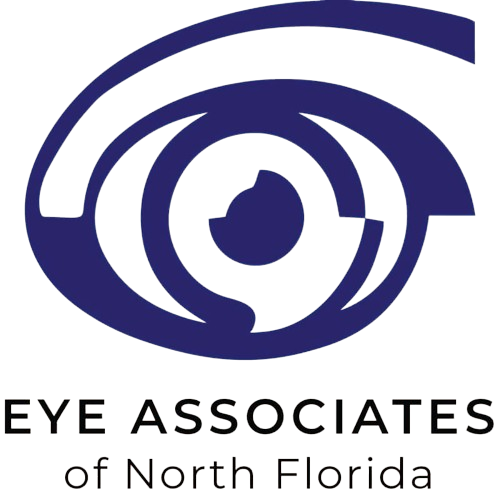Understanding Differently Colored Eyes (AKA Heterochromia)

For some, the idea of two different eye colors is eerie while for others it’s a beautiful eccentricity. The official name for this unique trait is heterochromia iridum.
What Is Heterochromia Iridum?
There are different kinds of heterochromia iridum: complete, partial, or central. When a person’s iris is a completely different color than the other this is known as complete heterochromia. When only a portion of a person’s iris is a different color than the rest of it, this is known as partial heterochromia. Central heterochromia is when there is a ring at the center of the iris that is a different color.
In some instances, heterochromia iridum can be a sign of issues, but there are many cases in which the condition is perfectly harmless. Some children are born with two differently colored eyes, and this specific scenario is referred to as congenital heterochromia. Some people develop a different colored eye later in life, which is referred to as acquired heterochromia.
Are There Any Health Issues Associated With Heterochromia?
While it is not a given that there are any other health issues, once you notice a change in eye color it is important to visit an ophthalmologist for an eye exam, so they can definitely rule out any diseases. Congenital heterochromia in infants can be a sign of Horner’s syndrome, Sturge-Weber syndrome, and Bourneville disease among other things. Acquired heterochromia may be due to an eye injury, a tumor, or swelling or bleeding in the eye.
The only way to know for certain is to book an eye exam. And if you notice this in your child, taking them in to see a pediatric eye care professional is your first step.
Some Well-Known Names Have Differently Colored Eyes
Heterochromia iridum, which is the technical term for having two differently colored irises, is unusual, but it is not rare. You are bound to meet at least one person in your lifetime with this interesting feature. In fact, you may already be familiar with the trait after seeing it in your favorite celebrity.
Mila Kunis, Hollywood actress famous for her role in That 70’s Show and her performance alongside Natalie Portman in Black Swan, has heterochromia. One eye is brown while the other is a greenish-hazel. In Kunis’ case, her heterochromia was a symptom of chronic inflammation of the iris that caused blindness in one eye. Fortunately for the starlet, surgery restored vision in the affected eye.
Kate Bosworth, another actress known for her role in Blue Crush, has two distinctively different irises. One eye is blue while the other is hazel. Even Superman himself, Henry Cavill, has heterochromia iridum.
Clearly, two different colored eyes can be nothing more than a fun mark of a person’s uniqueness. But sometimes it can be a sign of something else, which makes it important to see a doctor for an eye exam if you notice any changes. It’s also important for a child’s pediatric eye care to go in for an eye exam if the difference is present from birth. Our doctors at Eye Associates of Tallahassee are happy to guide you on your journey to comprehensive eye health. Give us a call and book an eye exam at our Tallahassee location today.







